Chromatin profiles classify castration-resistant prostate cancers suggesting therapeutic targets
- PMID: 35617398
- PMCID: PMC9299269
- DOI: 10.1126/science.abe1505
Chromatin profiles classify castration-resistant prostate cancers suggesting therapeutic targets
Abstract
In castration-resistant prostate cancer (CRPC), the loss of androgen receptor (AR) dependence leads to clinically aggressive tumors with few therapeutic options. We used ATAC-seq (assay for transposase-accessible chromatin sequencing), RNA-seq, and DNA sequencing to investigate 22 organoids, six patient-derived xenografts, and 12 cell lines. We identified the well-characterized AR-dependent and neuroendocrine subtypes, as well as two AR-negative/low groups: a Wnt-dependent subtype, and a stem cell-like (SCL) subtype driven by activator protein-1 (AP-1) transcription factors. We used transcriptomic signatures to classify 366 patients, which showed that SCL is the second most common subtype of CRPC after AR-dependent. Our data suggest that AP-1 interacts with the YAP/TAZ and TEAD proteins to maintain subtype-specific chromatin accessibility and transcriptomic landscapes in this group. Together, this molecular classification reveals drug targets and can potentially guide therapeutic decisions.
Conflict of interest statement
C.N.S. Disclosures: Pfizer, Merck, AstraZeneca, Astellas Pharma, Bayer, Bristol Myers Squibb, Genzyme, Gilead, Incyte, Impact Pharma, Merck, Medscape, MSD, Pfizer, Roche, UroToday. L.E.D. is an advisory board member and holds equity in Mirimus Inc.. L.E.D. has consulted on gene editing and knockdown technologies for Volastra Therapeutics, Frazier Healthcare, FogPharma, and Revolution Medicines. F.T is an employee at AbbVie, L.P. is an employee at Loxo Oncology at Lilly and K.E. is an employee at Illumina. This work was completed prior to their employment at industry. They are acting on their own, and these endeavors are not in any manner affiliated with their current affiliations.
Figures
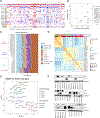

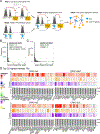
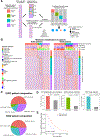
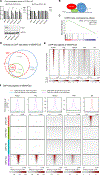
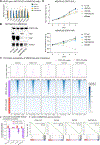
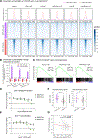
Comment in
-
Uro-Science.J Urol. 2023 Jan;209(1):289-291. doi: 10.1097/JU.0000000000003033. Epub 2022 Oct 21. J Urol. 2023. PMID: 36268621 No abstract available.
References
-
- Rickman DS, Beltran H, Demichelis F, Rubin MA, Biology and evolution of poorly differentiated neuroendocrine tumors. Nat. Med 23, 664–673 (2017). - PubMed
MeSH terms
Substances
Grants and funding
LinkOut - more resources
Full Text Sources
Molecular Biology Databases
Research Materials
Miscellaneous

